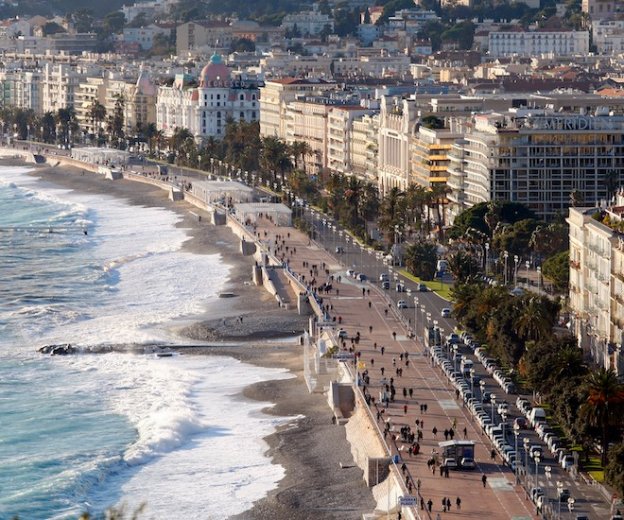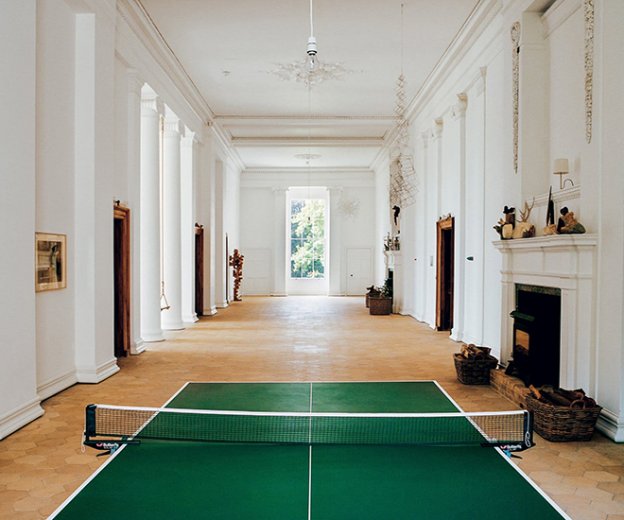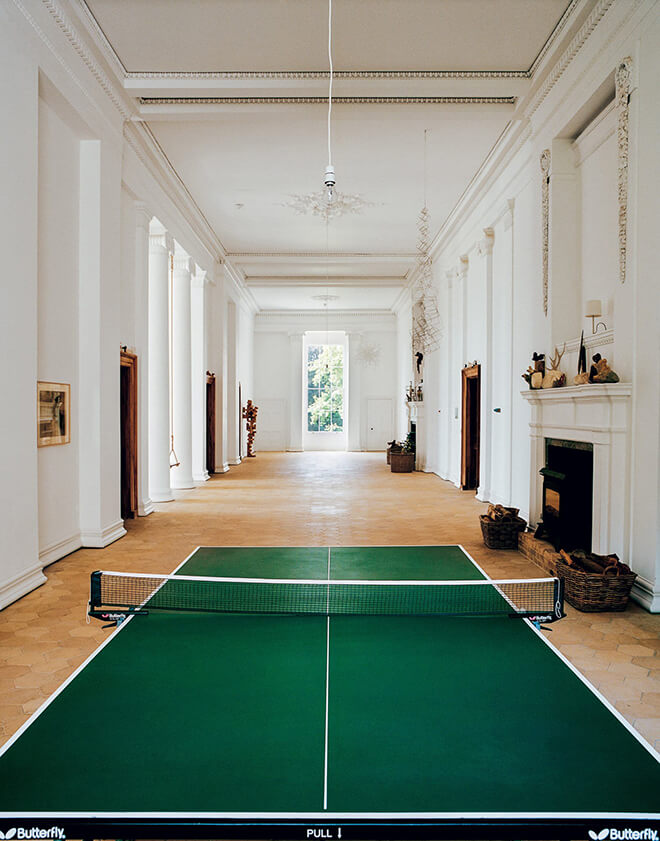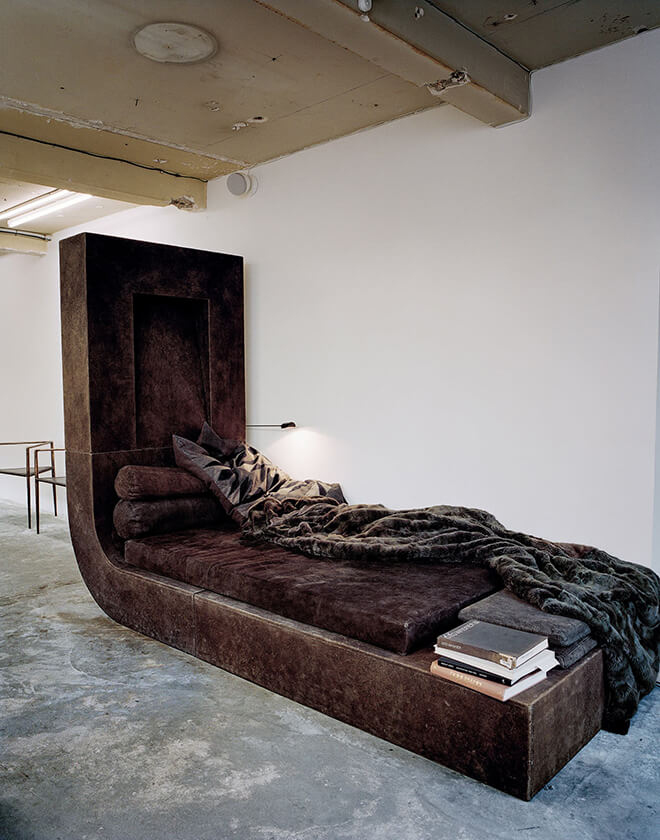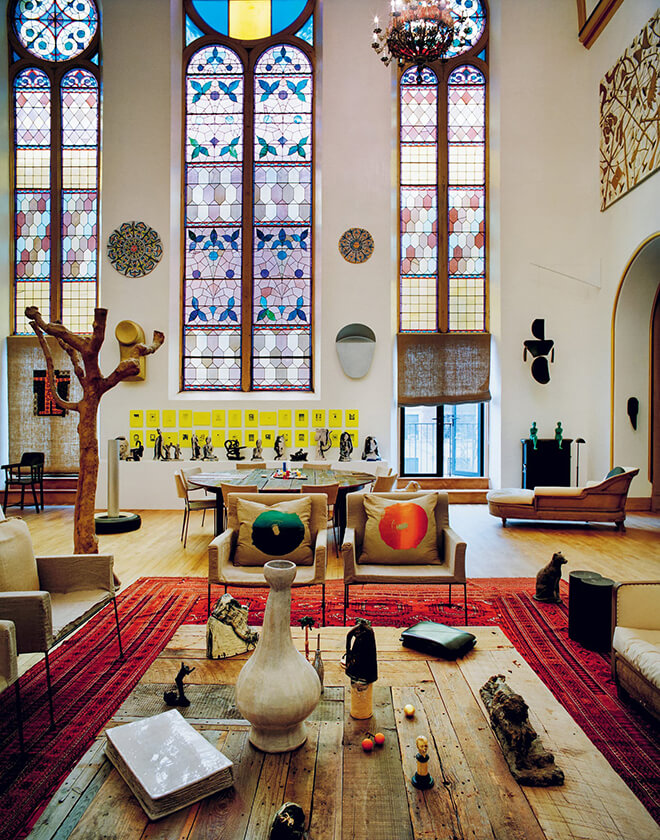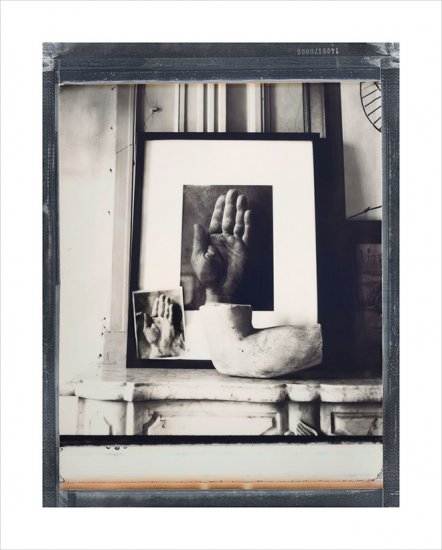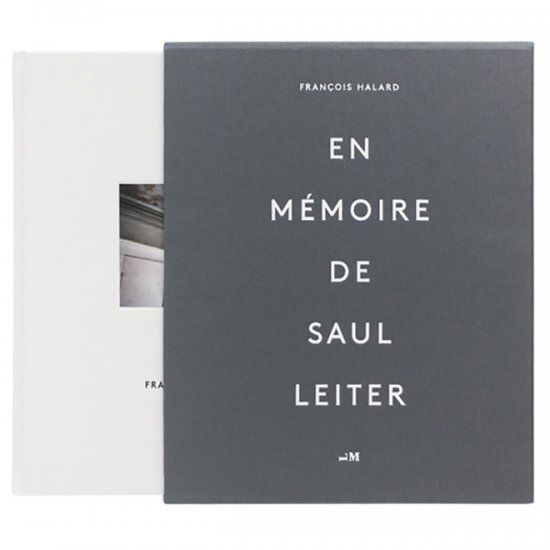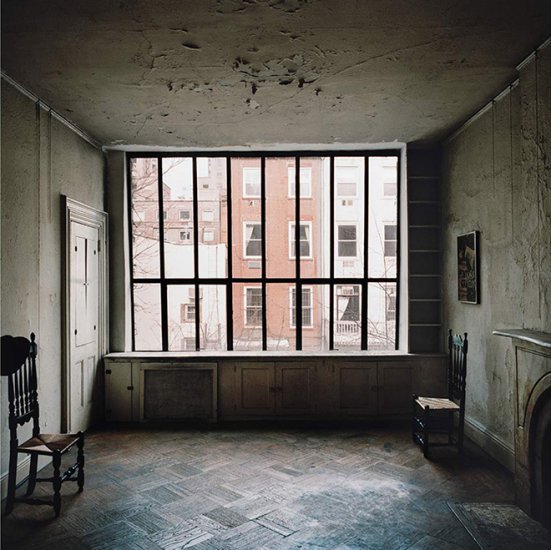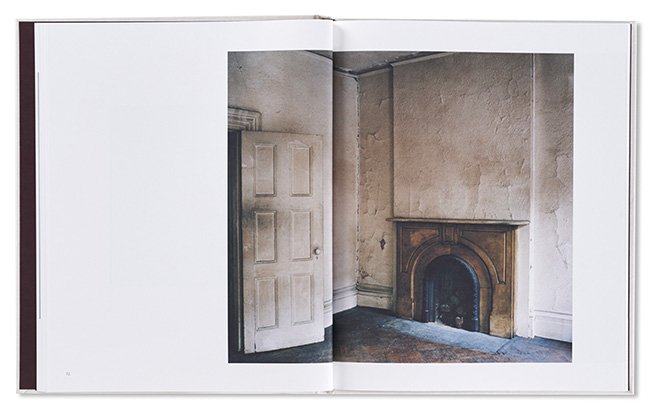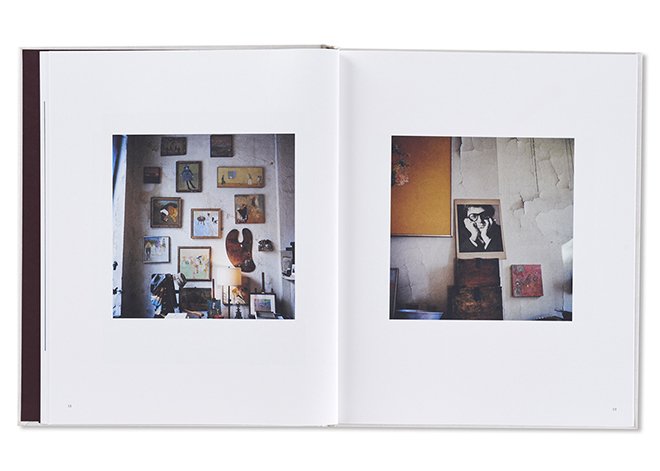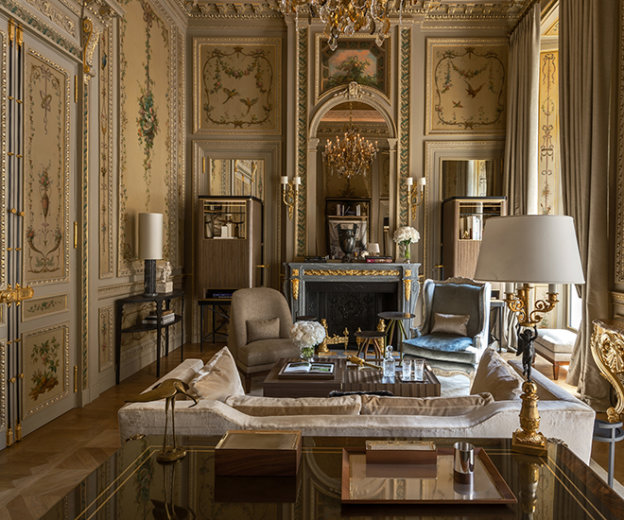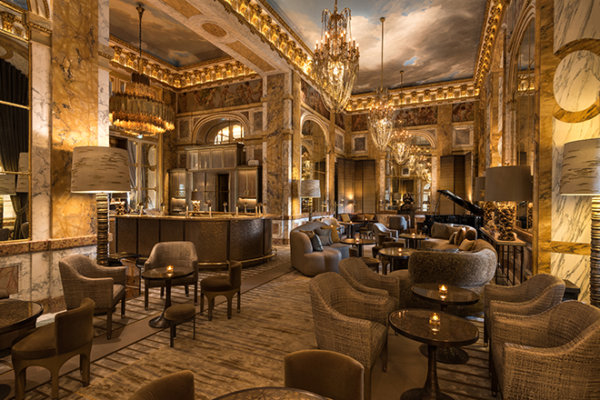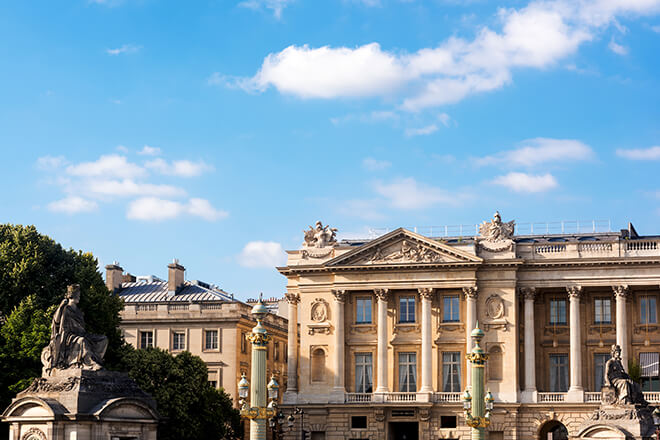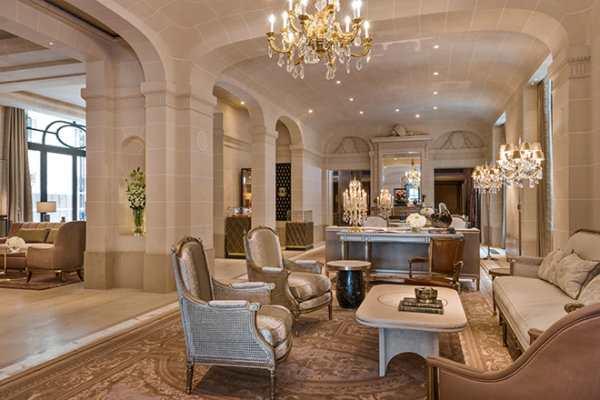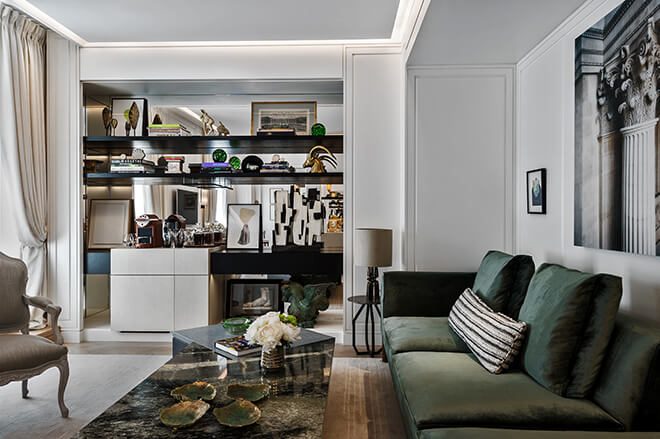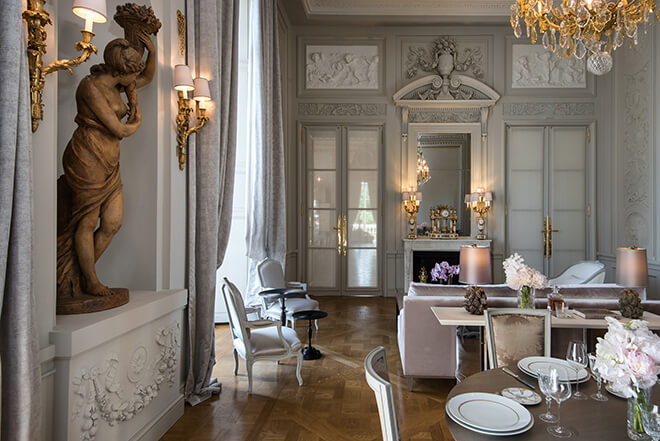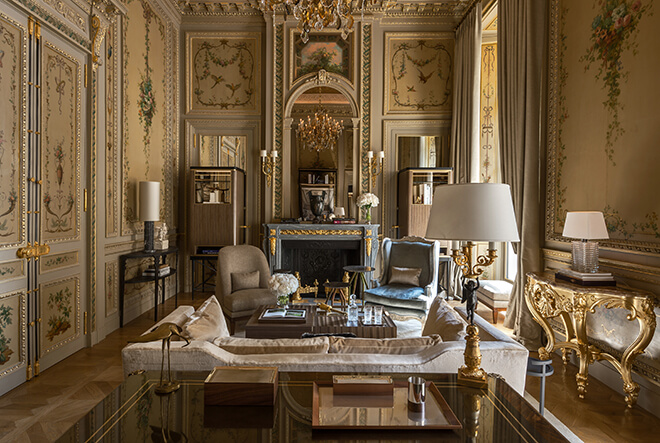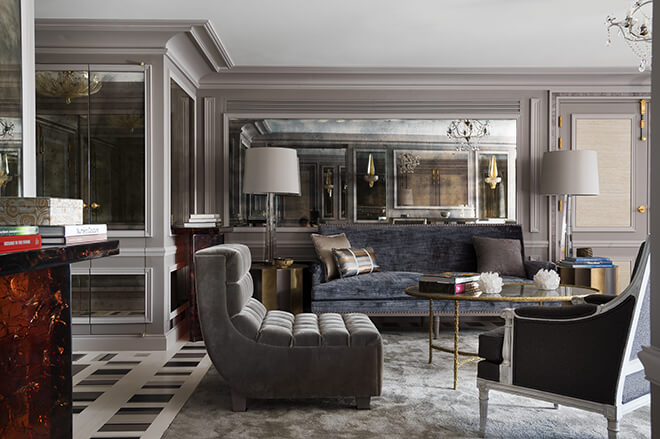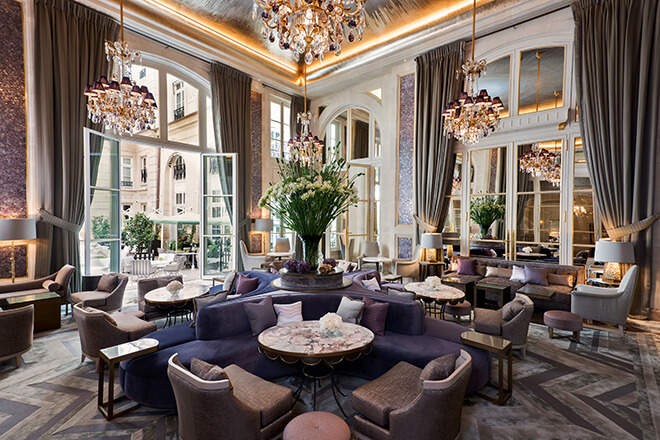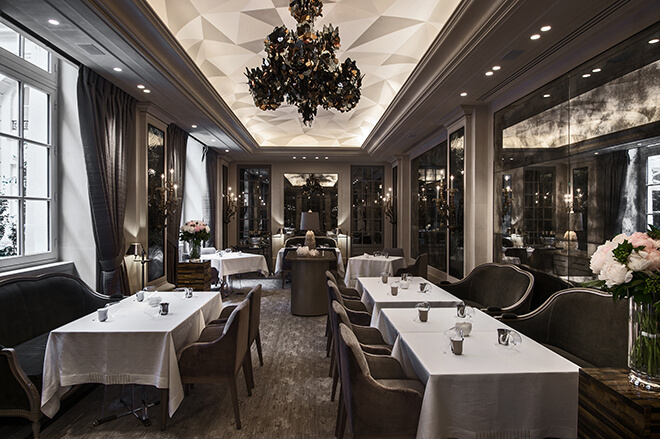
Image: Ville de Nice
The French Mediterranean City of Nice has been added to the UNESCO World Heritage List.
The announcement was made on the cultural organisation’s Twitter account, which tweeted saying, “Winter resort town of the Riviera”.
🔴 BREAKING!
New inscription on @UNESCO #WorldHeritage List: Nice, Winter Resort Town of the Riviera, #France 🇫🇷. Félicitations! 👏
ℹ️ https://t.co/X7SWIos7D9 #44WHC pic.twitter.com/GQkUmyvtgo
— UNESCO 🏛️ #Education #Sciences #Culture 🇺🇳😷 (@UNESCO) July 27, 2021
The city, which sits on the southeastern coast and is known for its mild climate, was a favourite vacation spot for the various European royal families back in the 18th century. There’s even a seafront named after the British royalty called, “Promenade des Anglais (Promenade of the English)”.
The city joins 40 other world heritage sites located in France. The list includes the banks of the river Seine in Paris, the Amiens cathedral, Mont Saint Michel, and stretches of the Loire valley.

Nice, capital of Riviera tourism. Image: Ville de Nice
Named “Nice the Beautiful”, the city has close to a million inhabitants and is the second-biggest city on the French Mediterranean coast after Marseilles, and the fifth-largest in France. Nice has played host to numerous creatives over the years, including Marc Chagall, Henri Matisse and Friedrich Nietzsche.
“The history of Nice, which is at the same time deeply rooted and open, Mediterranean and Alpine, European and cosmopolitan, has produced an architecture and a landscape that are unique, a model for many other cities in the world,” Nice’s mayor Christian Estrosi said in reaction to the announcement.
According to UNESCO, Nice’s urban planning started as early as two centuries ago in a bid to attract foreign visitors looking to escape the bitter-cold winter of Europe. As a result, the clever design of the area has made the place a tourist destination which boasts to have several million visitors per year and it also has one of the busiest airports in France.

Image: Paul Teysen/Unsplash
About five years ago on July 14, 2016, the scenic seafront walk of Promenade des Anglais was met with a murderous attack that killed 86 people, including 15 children. The Islamic State claimed responsibility and the event definitely affected Nice’s reputation as a holiday destination.
With the newly conferred status, the city hopes to boost its tourism and the funds it receives will be used to preserve the sites. As international travel slowly picks up its pace, keep Nice on your list of places to visit post-pandemic. France’s “Nice the Beautiful” is now on UNESCO World Heritage List.
By Joseph Low
